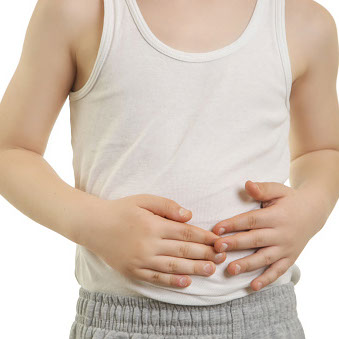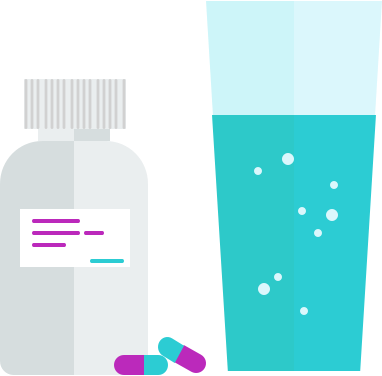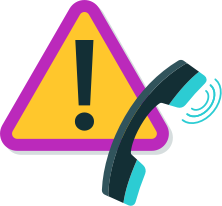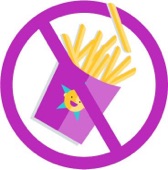 Nausea and Vomiting
Nausea and VomitingNausea and Vomiting
Nausea and vomiting are 2 common side effects of neuroblastoma treatment. Thankfully, there are many ways you can help prevent and control nausea and vomiting.
Potential causes of nausea and vomiting
- Chemotherapy
- Radiation therapy
- Antibody therapy
- Other medications (such as, antibiotics and opioids)
- Constipation
- Anxiety
Signs and symptoms of nausea and vomiting
Nausea is when your child feels sick to their stomach. Nausea can sometimes lead to vomiting or throwing up.
The level of nausea your child may feel can vary. Nausea can range from mild to severe and will depend on the type of treatment your child receives.
 signs and symptoms of nausea and vomiting
signs and symptoms of nausea and vomitingFor many children with neuroblastoma, nausea will be one of the side effects that is most upsetting. If not managed, nausea and vomiting can lead to poor nutrition, weight loss, and trouble taking oral medication, and can interfere with your child’s normal daily activities.
 treating nausea and vomiting
treating nausea and vomitingTreating nausea and vomiting
Your child’s healthcare team will work closely with you to develop a plan to help manage nausea and vomiting for your child. The goal will be to prevent nausea and vomiting if possible, or to be able to treat it if it occurs. A few common methods to help manage nausea and vomiting are given below.
Antiemetics (antinausea medicines)
There are many different types of antinausea medicines, and your child may be given a combination of medicines depending on their situation. They can be given by mouth (oral), IV, or a patch on the skin (transdermal). Some common antinausea medicines used in childhood cancer treatment are:
- Ondansetron
- Granisetron
- Lorazepam
- Diphenhydramine
- Dexamethasone
- Fosaprepitant
- Metoclopramide
- Olanzapine
- Scopolamine
Many of the medicines used to help with nausea and vomiting in childhood cancer have other common uses. Make sure to talk to your healthcare team if you have specific questions about antinausea medicines for your child.
It will be important to let your healthcare provider know if your child has nausea or vomiting at home after chemotherapy so additional medicines may be given.
Changes to diet
During treatment, your child may experience a loss of appetite when they are nauseous. They may also feel nauseous around certain foods or smells. This can vary each day and may depend on the phase of therapy they are in. When your child is having nausea, you can:
Managing nausea and vomiting at home
After your child’s treatment, you will be sent home with antinausea medicines for your child to take by mouth. Your child’s healthcare team will talk with you about when and how often to use them based on your child’s symptoms. Some may be given on a schedule and others given only when needed to help with nausea that lasts after a visit to the hospital.
When your child is nauseous, encourage them to take small, but frequent sips of water (or other fluids) and small bites of bland foods. If your child is not drinking enough water, they will be at risk for dehydration. Signs your child may be dehydrated are:
- Peeing less than normal or having dark urine
- No tears when crying
- Dry lips
- Not able to drink fluids without throwing up


Please call your child’s healthcare team if you have any concerns about dehydration or if your child is unable to eat, drink, or take oral medications without throwing up.
Learn about the signs and symptoms of other common side effects of treatment and how the healthcare team may manage each.
